Introduction to the digital surveying
Keywords:
laser scanner, photogrammetry, representationAbstract
Since the first moment of the design process, that of the experience of the natural and original state space, there are different recording modes that respond to subjective and objective surveys. The subjective survey (subjective mapping), aims to register all those things that do not show specifically, but make the object: the atmosphere of the place. They are expressions of personal and spiritual nature that creates the experience of aura. The registration of this type of survey differs fundamentally from the interpreters of space and things, because it is a process that takes place inside the subject and is influenced by the way we see and experience the world. The objective survey -drawings, photgrammetries, maps, etc. is constructed with quantitative data from the space and the objects in question, their natural and specific characteristics; is the registration process which is present in measurable, reasonable and verifiable terms. Today, advances in technology have evolved with respect to the tools and techniques for gathering and processing data, giving rise to what is known as digital survey.
Downloads
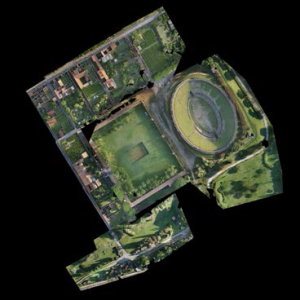
Downloads
Published
How to Cite
Issue
Section
License
Open access policy
A&P Continuidad is a non-profit and open access publication. According to Mexico Declaration on Cultural Policies, the journal distribution is submitted to Creative Commons Attribution-Noncommercial-ShareAlike 4.0 International Public License (CC BY-NC-SA). “Neither the commercial use of the original work nor that of the possible derivative works are allowed. The distribution of derivative works should be submitted to the license regulating the original work. This license is not free.”
A&P Continuidad authorizes the partial or full reproduction of texts and graphs provided that the source is cited. Authors are exclusively responsible for the criteria expressed in the articles which do not necessarily reflect the opinion of the Editorial Committee or that of the Direction Board. The copyright of the published articles pertains to their authors or publishers.
Transfer of rights
The acceptance of an article to be published implies the author’s transfer of rights to the journal. Authors continue to have the right to use the material in future books or publications, approve or veto the republication of their works as well as the rights related to patents or other rights. Transfer of rights form may be downloaded here.






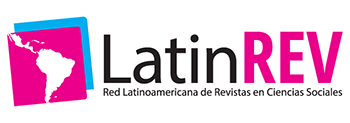
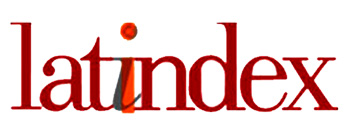
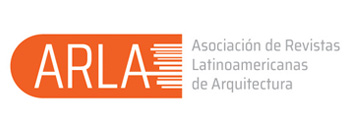
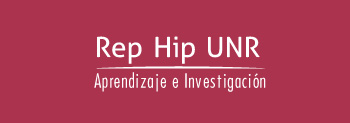



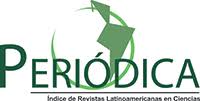

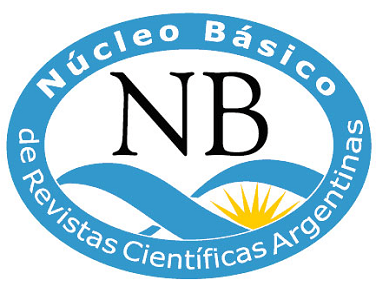

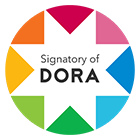





 This OJS site and its metadata are under a
This OJS site and its metadata are under a 

